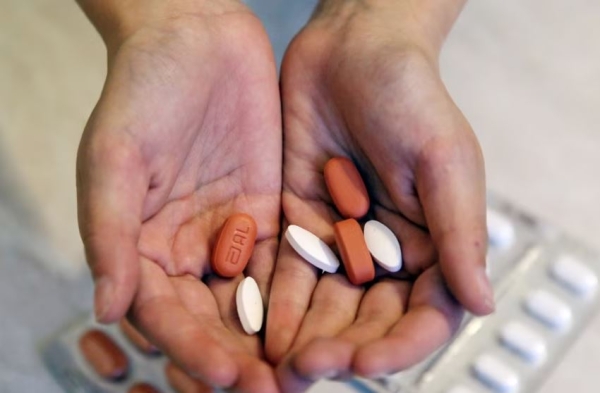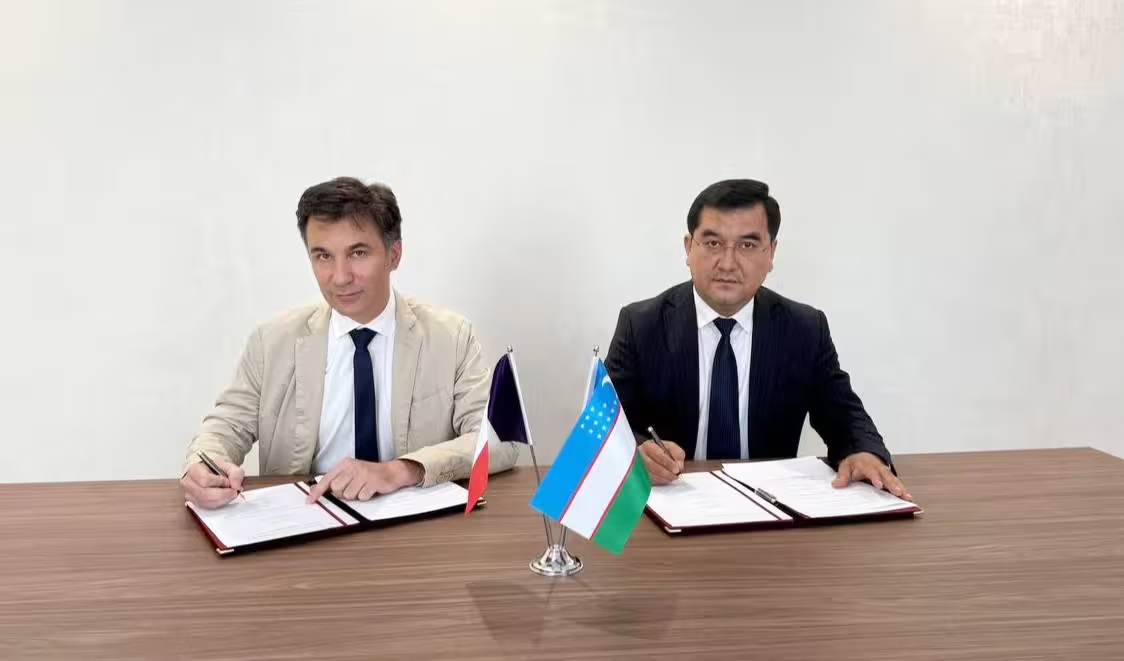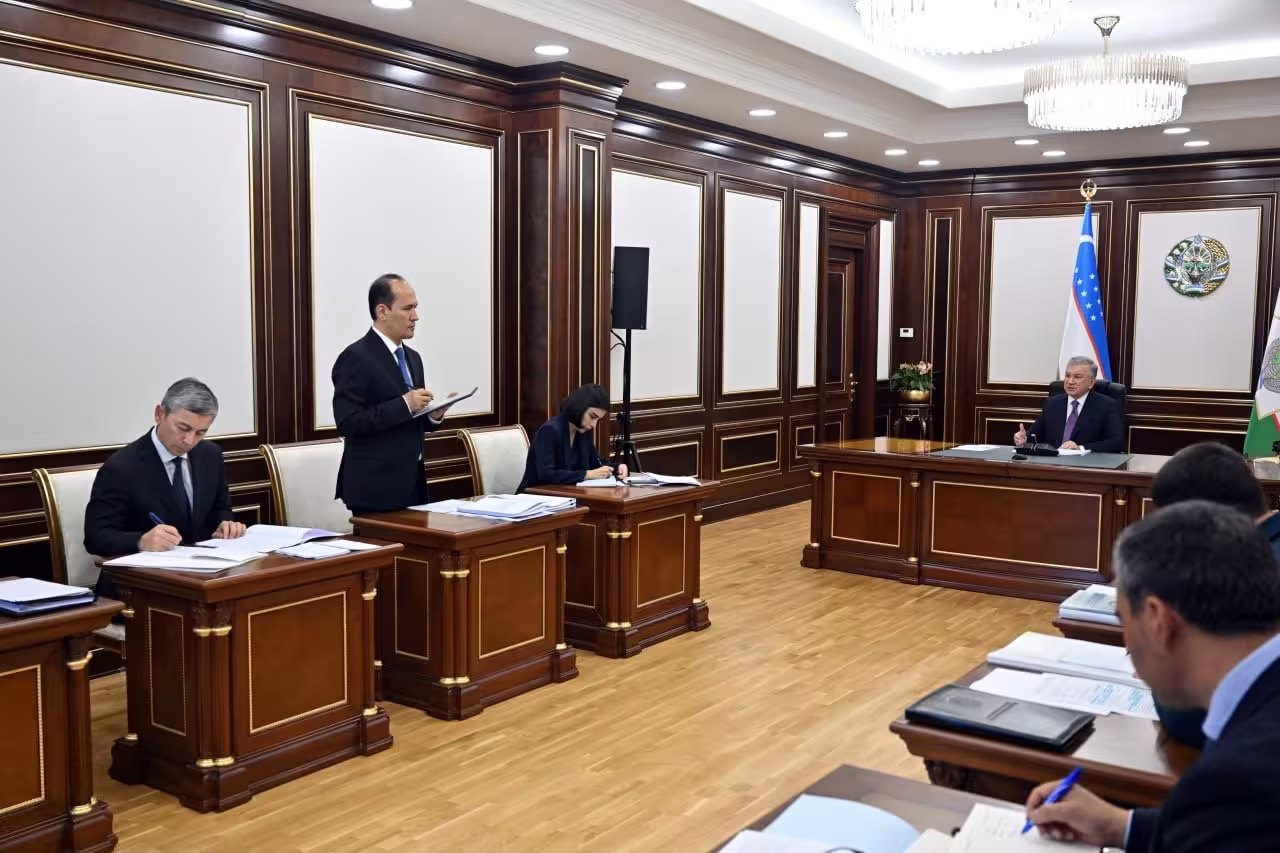
As the U.S. slashes global aid, critical health and social programs in Tajikistan face collapse — from HIV prevention to tuberculosis care and shelters for abuse survivors. For decades, the United States Agency for International Development (USAID) was a key source of foreign assistance to Tajikistan. But with the return of Donald Trump’s administration in early 2025, over 90% of USAID’s global aid programs were suspended, severely impacting Tajikistan’s social infrastructure. According to experts, the country is now facing a crisis in public health and social protection, with vital programs for HIV prevention, tuberculosis control, and women’s support services under serious threat. The consequences, they warn, could set Tajikistan back decades, Azzatyq Asia notes.
In 2024 alone, USAID allocated US$58.5 million to Tajikistan — more than to any other Central Asian country. Since independence, the total U.S. aid delivered via USAID has exceeded US$2 billion, funding healthcare, education, food security, and disease control.
HIV programs may be the hardest hit: between 2003 and 2021, USAID invested nearly US$38 million in HIV/AIDS prevention and care in Tajikistan.
HIV Progress at risk
The latest UNAIDS report, released on July 10, highlighted historic global gains in HIV control — a 50% drop in AIDS-related deaths and 40% fewer new infections since 2010. Tajikistan too had made major progress: HIV-related mortality halved, mother-to-child transmission dropped, and antiretroviral therapy became widely accessible.
But UNAIDS warns the sudden withdrawal of international funding — including from the U.S.-backed PEPFAR program — could reverse those gains. Over 60% of HIV programs in Tajikistan rely on donor funding. Even a 10%–20% cut could undo years of work, says Aziza Khamidova, UNAIDS Country Director.
Already, preventive programs have been suspended, public outreach stopped, and access to PrEP and testing for key populations has drastically decreased. The most vulnerable — women, youth, and migrant workers — are at growing risk. According to the National AIDS Center, every third new case is linked to returning migrant men, mainly from Russia, putting their rural wives at heightened risk of infection.
Shelters and women’s centers in jeopardy
In southern Tajikistan, the NGO Ghamkhori ran one of the country’s few shelters for survivors of domestic violence. A project funded by USAID for US$40,000 was approved in December 2024, intended to cover housing, legal, and psychological support for women. But funding was frozen in January.
“For the first time in 30 years, we’re in such a dire situation,” says Madina Nizomova, head of Ghamkhori. “We may have to shut down the shelter and crisis center.”
The shelter previously served up to 25 women and children per month. Now, there is no funding for staff or operations. Legal assistance is provided by a lawyer from a partner NGO — just once a week.
“That’s not enough. Survivors of violence can’t wait for an appointment next week. They need help immediately,” Nizomova adds. Similar challenges are being reported by other crisis centers, many of which were almost entirely dependent on donor aid.
Tuberculosis fight also suffers
Tajikistan is considered high-risk for tuberculosis (TB) by the World Health Organization. The suspension of USAID projects has left the country’s TB response in disarray.
Akmal Khudoiberdiev, from the association “Partnership: Stop TB in Tajikistan”, says outreach efforts have ceased. His team once conducted home visits and screenings, using mobile X-ray units with AI diagnostics. Now, many early detection efforts have halted, including telemedicine and psychosocial support programs.
“Without these, patients may abandon treatment, risking drug-resistant TB,” he explains.
According to the National TB Center, the number of diagnosed TB cases in early 2025 fell by nearly 200, simply because mobile screening teams stopped operating in remote regions. Of the ten NGOs previously active in TB prevention, only one remains operational, and with a drastically reduced budget.
Tajikistan needs at least US$20 million over the next three years to maintain previous levels of service. In 2024, over 4,500 TB cases were registered, including 422 drug-resistant infections.
NGOs struggle to stay afloat
The NGO Gender and Development has worked in HIV and TB prevention for over 15 years. It recently lost three major projects, including one assisting Afghan women refugees and stateless individuals. Director Nargis Saidova says there’s strong political will, but resources are scarce, and state support mechanisms for NGOs are still too rigid.
“We believe in the government's commitment,” she says. “But frankly, state funds are limited, and without external aid, it’s getting harder to function.”
Can Tajikistan cope alone?
UNAIDS’ Aziza Khamidova notes that Tajikistan never intended to rely on donors forever. A sustainability roadmap has been developed to achieve independence by 2030, with new budget allocations planned for 2026. Still, she says, the funding gap is too wide.
“This is a crisis. Neither the government nor local NGOs are currently able to bear the full burden,” says an anonymous expert with over 10 years in donor programs. He urges the country to re-evaluate national priorities, focus remaining resources on critical areas like HIV and TB, and attract new donors.
“Without urgent action,” he warns, “we risk sliding back 20 years.”




